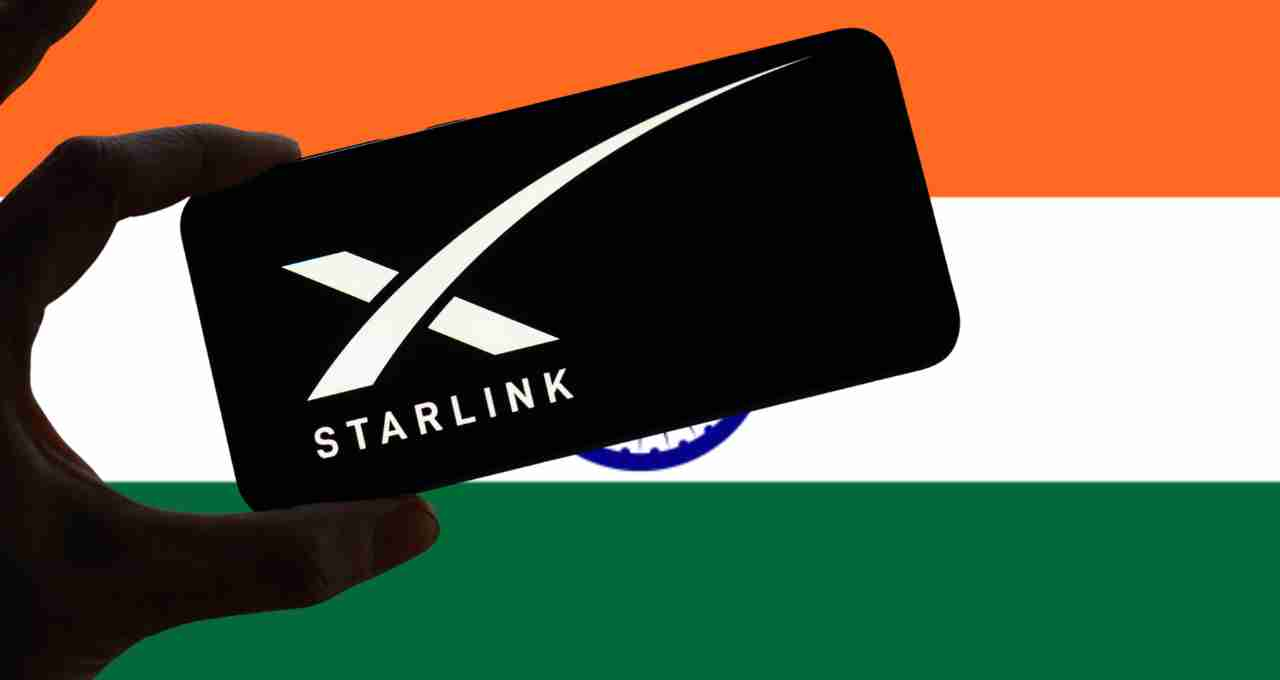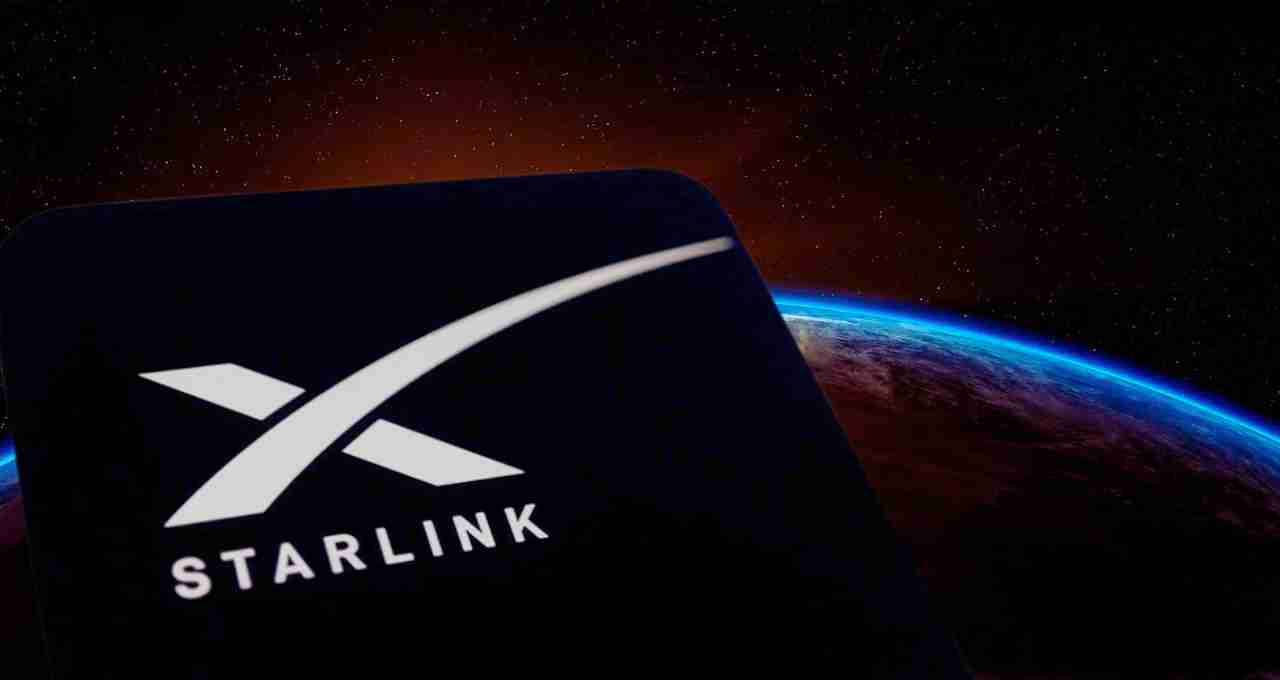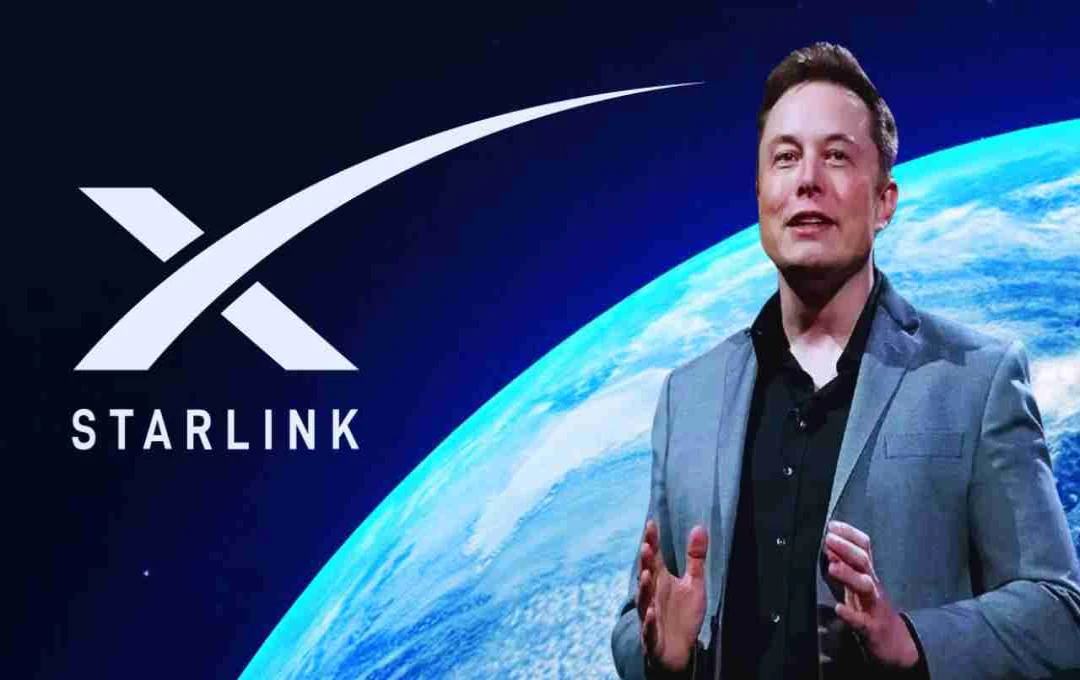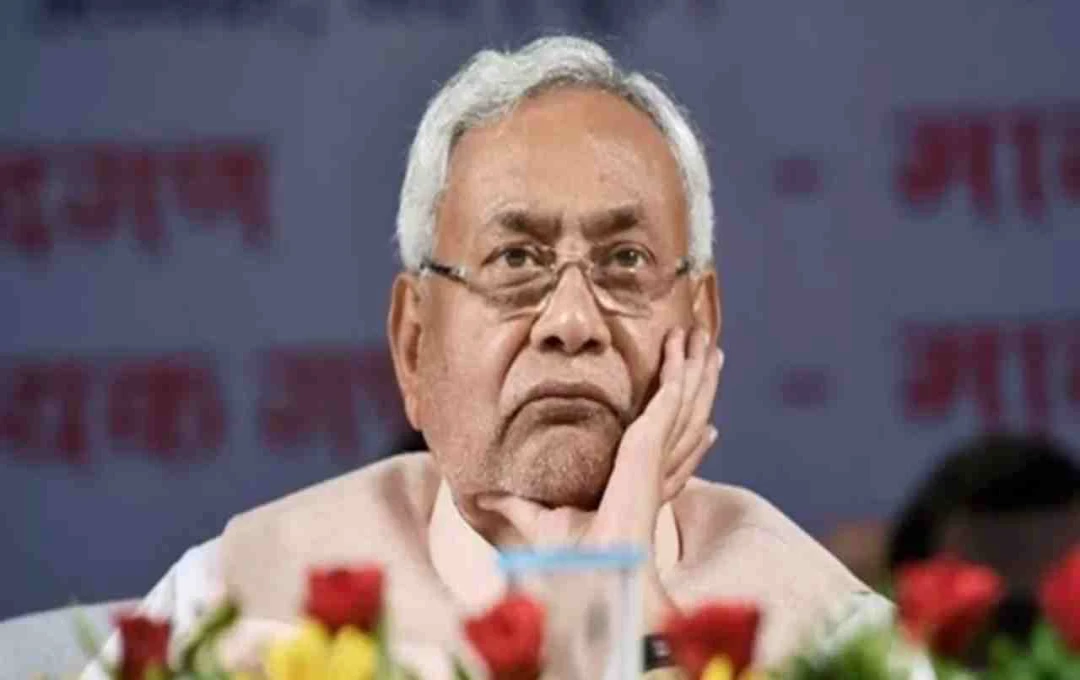Elon Musk's Starlink receives a license for satellite internet service in India, enabling calling and high-speed internet in remote areas without a network.
Starlink: In a significant step towards elevating digital connectivity in India, Elon Musk's company, Starlink, has finally received the long-awaited license to launch its satellite broadband service in India. The Indian Space Communication Regulator, IN-SPACe, has granted this license to Starlink for five years. Now, high-speed internet and calling without a network will soon be possible even in the remote and inaccessible regions of the country.
Official License for Starlink
Starlink, a subsidiary of SpaceX, has been preparing to launch its satellite internet service in India for a long time. Now, after receiving the license from IN-SPACe, the company is permitted to start satellite-based internet service in India. Starlink, through its LEO (Low Earth Orbit) satellites, will provide internet service to those parts of India where traditional telecom companies have been unable to reach. This license is granted for 5 years and allows the company to provide services with Gen 1 satellite capacity.
Another Step Towards an Internet Revolution in India

The Indian government has already taken several initiatives towards digitally empowering the country. In this context, Starlink's entry is considered very important. While major companies like Jio, Airtel, and Ananth Technologies are already working in the direction of satellite internet, the entry of Starlink will increase competition and improve the quality of service.
Rural and Border Areas to Benefit the Most
The biggest advantage of Starlink is that its services do not depend on mobile network towers. Internet signals are provided directly to the ground through satellites. This will benefit rural, mountainous, tribal, and border areas the most, where mobile networks or internet services are still very weak or non-existent. Now, in those areas, students will be able to study online, farmers will be able to connect with smart agriculture technologies, and calling will be possible even without a network in emergency situations.
What Could Be the Cost?
According to reports, the monthly cost of Starlink's service could be around ₹3,300. Although this price may seem a bit high, it can be considered a revolutionary change given the quality of service and its availability in remote areas. Starlink plans to gradually establish base stations in many areas of India to ensure both stability and expansion of service.
Waiting for Spectrum Allocation

Although Starlink has received the license, it is still waiting for spectrum allocation. After receiving the spectrum, the company will activate its base stations, and then the service will be launched commercially in India. IN-SPACe Chairman Pawan Goenka has clarified that all regulatory conditions of Starlink have been met and the remaining procedures will be completed soon.
Calling Now Without a Network
Starlink's technology is bringing another major facility – calling without a mobile network. This means that if you are in an emergency situation and your phone does not have a network, you will still be able to make calls. For this, satellite direct-to-device technology will be used. In the future, smartphone manufacturing companies can also work with Starlink to develop phones that can connect directly to satellites.
A New Direction for India's Digital Future
Starlink's entry can prove to be a milestone for India's digital infrastructure. It will not only make the country digitally self-reliant but also help connect remote areas to the mainstream. Its significant impact can be seen in sectors like education, health, business, and agriculture.














